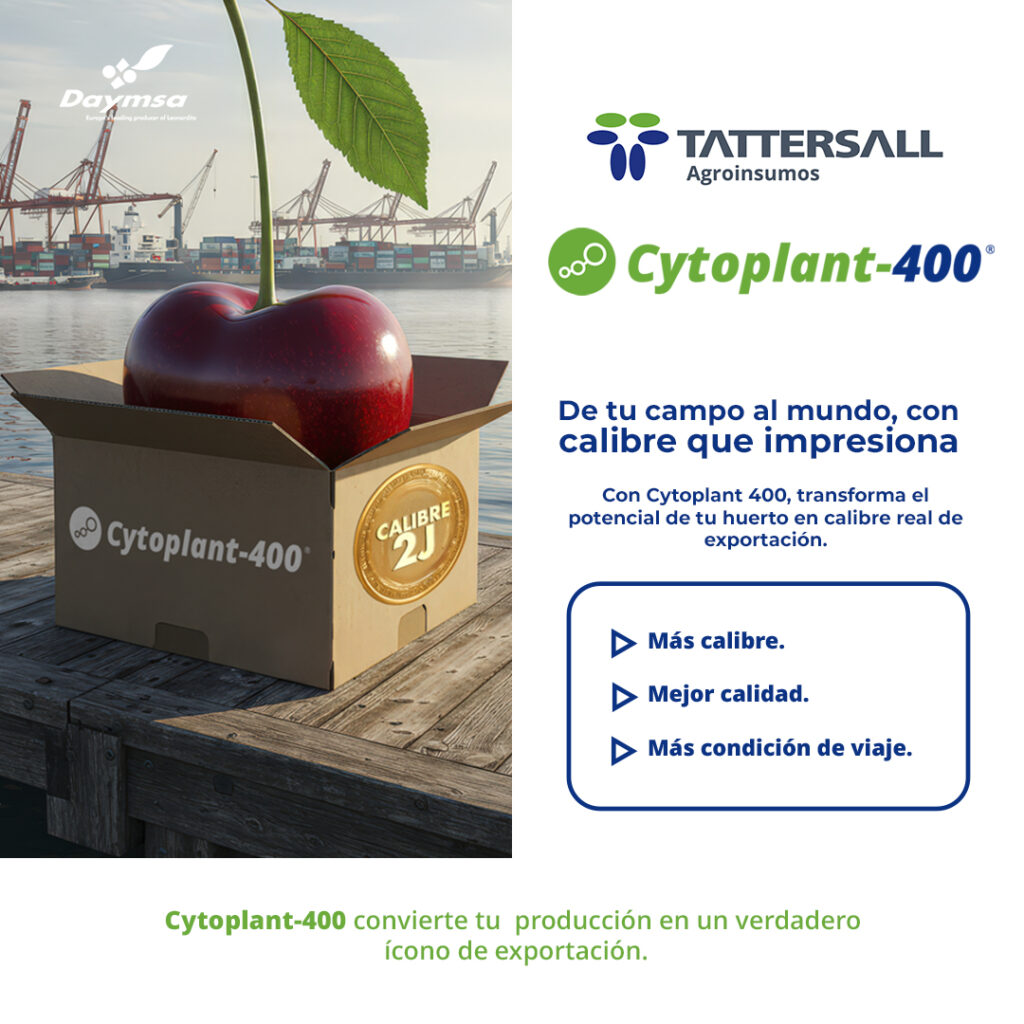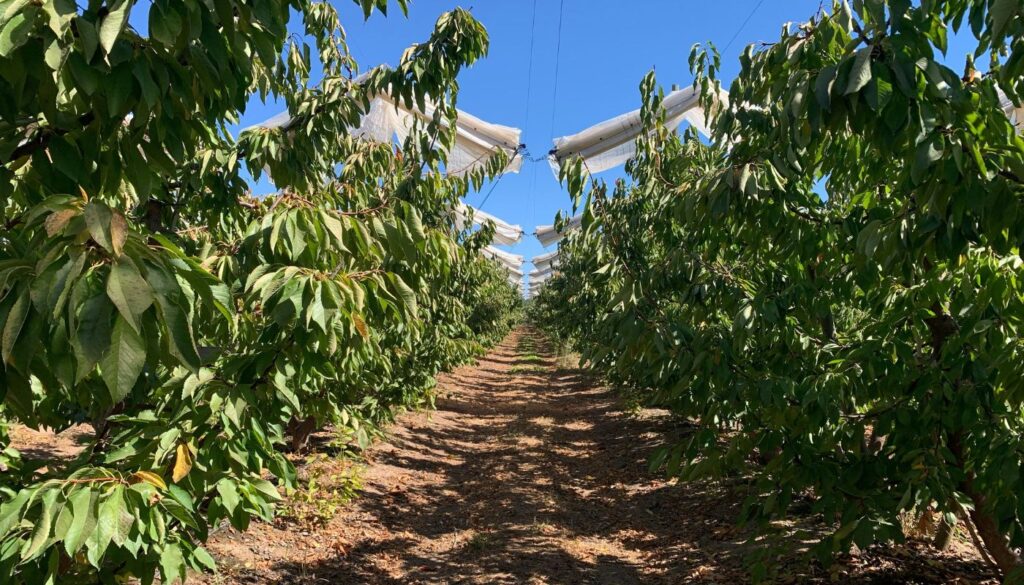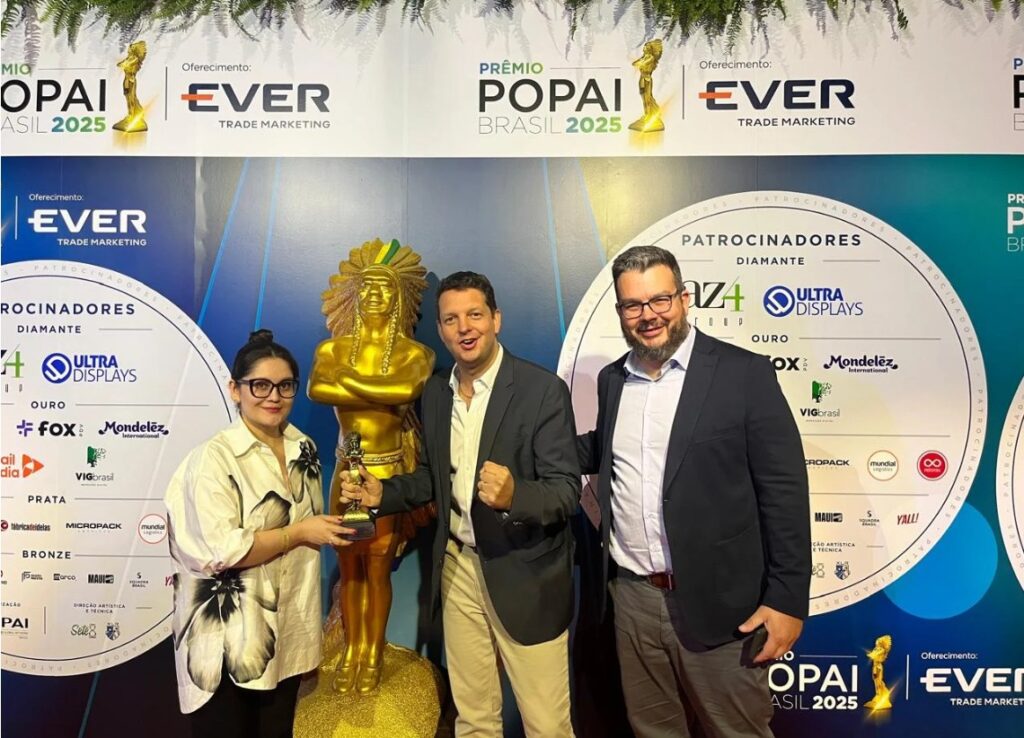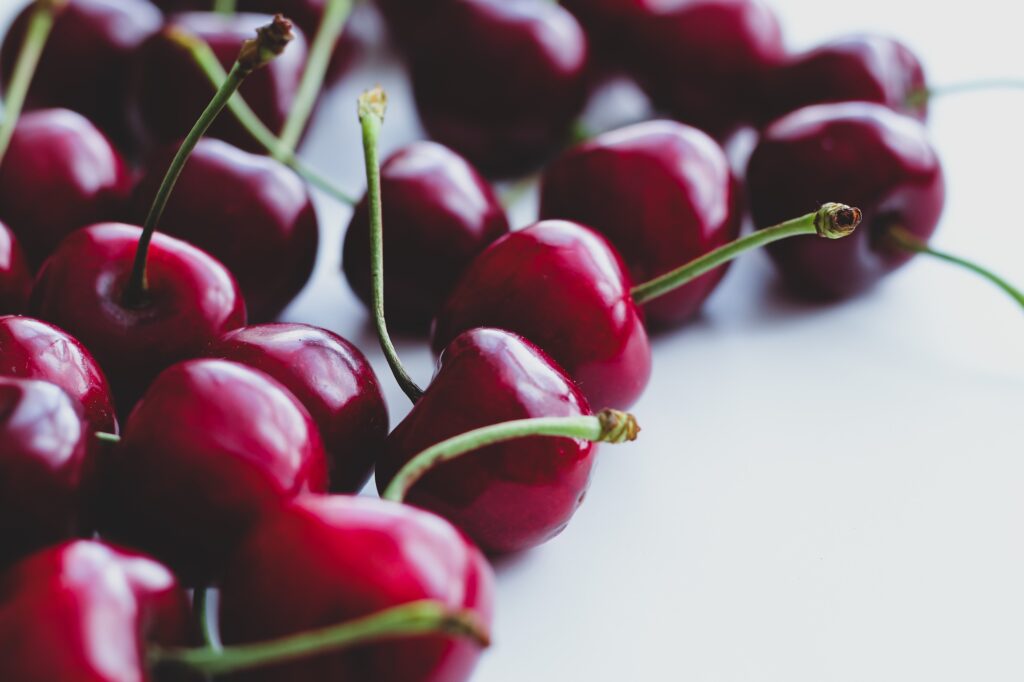The Chilean Fruit Exporters Association AG (ASOEX) presented the vision of the exporting fruit sector in relation to the amendments being discussed to the Irrigation Law, during its intervention before the Agriculture, Forestry and Rural Development Committee of the Chamber of Deputies.
On this occasion, Rodrigo Gallardo, Secretary General of ASOEX, highlighted the importance of fruit growing for the economic and social development of the country, as well as within the agricultural sector itself, where fruit represents 70% of the country's agricultural exports.

«According to data from Odepa and Ciren, in the latest fruit cadastre, around 651 TP3T of the cultivated area with fruit trees is in the hands of small producers, less than 10 hectares. While 131 TP3T is between 10 and 20 ha; 121 TP3T between 20 and 50 ha; and only 101 TP3T of the fruit-growing area is in the hands of producers of more than 50 ha. Therefore, fruit growing is an activity for small and medium-sized companies. In addition, it is a sector that contributes significantly to the country. It is the second exporting sector after Copper and is the first in the food sector, totaling exports of more than 5 billion FOB last season. All of these are elements that must be taken into consideration in the analysis we are carrying out today, given the impact that the measures proposed in the law could have on the sector and its people,» noticed.
In this context, the professional explained that ASOEX has identified three issues that it wishes to be considered in the discussion and analysis that the Commission is carrying out. «Firstly, the origin or spirit of this law, which aims to promote efficient water use in our country, since, in our opinion, the promotion of water efficiency does not depend on the size of the farms. Secondly, it seems to us that limiting access to the benefits of this law to those people, producers or companies with sales of more than 25,000 UF, through the granting of 2% of the total budget of the projects, is harmful. Our estimate tells us that, with this, around 50% of the fruit-growing surface planted in Chile would be excluded from the possibility of opting for this benefit. We make this calculation only based on export sales of fruit, because if we consider local sales of fruit, probably the fruit-growing surface that would be excluded from the benefits of this Law would be greater than 50%», Gallardo pointed out.
He also highlighted that between 40 and 45 percent of the fruit produced in Chile is available for the local market, "being fruit that is produced in the same orchards, with the same technical characteristics, with the same quality and safety standards as the exported fruit."
As a third point for discussion, the Secretary General of ASOEX noted the extent of the impact of this Law on the sector. "Our estimate speaks of 121,000 hectares that would be excluded from the benefit of this Law. In a scenario in which we have a total of just over 230 thousand hectares cultivated with fruit trees throughout the country," he stressed.
Limit, return and new hectares
The ASOEX representative said that they hope that the limitation of access to this benefit based on sales level will be reconsidered. «We believe that setting a threshold of 25,000 UF is not in line with the definition of the Internal Revenue Service or Corfo, which establish a limit of 100,000 UF to classify a company as medium-sized, which is especially relevant if we consider that fruit growing is a small and medium-sized sector. Therefore, using a different criterion seems to us an important point to analyze and discuss», he commented.
He also said that «As ASOEX, we also find it relevant to analyze and discuss the discrimination regarding the bonus cap for projects presented by Surveillance Boards (which have a 70% bonus on the projects) with respect to projects presented by Water Communities (whose bonus ranges from 80 to 90% of the cost of the projects), suggesting that they be standardized and generically referred to as “water user communities.”
The restitution of 25% of the water flow was also a point for debate presented by Asoex, as it creates a disincentive to the efficient use of water if one is obliged to return at least 25% of what is saved, through "special competitions" of the CNR. "We believe that it is important to link this return of water to the nature and condition of each basin throughout the country, and therefore, depending on the area, the appropriate technical study on the matter is necessary, in accordance with what is stated in the new Water Code."
Finally, the incorporation of new irrigation surfaces was another of the issues put on the table by the secretary of Asoex. «We believe it is important to reconsider the impediment to the incorporation of new irrigation areas in areas declared as having greater water stress or depleted, since there are some that have been classified in this way by the DGA in relation to the granting of water rights, but not necessarily with respect to the natural state of the aquifer», hill.
Source: Asoex








